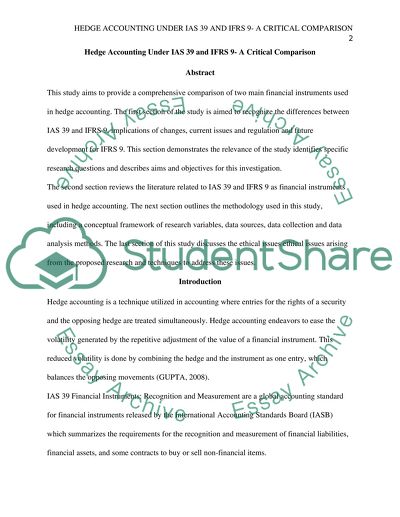Cite this document
(“Hedge accounting under IAS 39 and IFRS 9 - A critical comparison Research Proposal”, n.d.)
Hedge accounting under IAS 39 and IFRS 9 - A critical comparison Research Proposal. Retrieved from https://studentshare.org/finance-accounting/1477064-hedge-accounting-under-ias
Hedge accounting under IAS 39 and IFRS 9 - A critical comparison Research Proposal. Retrieved from https://studentshare.org/finance-accounting/1477064-hedge-accounting-under-ias
(Hedge Accounting under IAS 39 and IFRS 9 - A Critical Comparison Research Proposal)
Hedge Accounting under IAS 39 and IFRS 9 - A Critical Comparison Research Proposal. https://studentshare.org/finance-accounting/1477064-hedge-accounting-under-ias.
Hedge Accounting under IAS 39 and IFRS 9 - A Critical Comparison Research Proposal. https://studentshare.org/finance-accounting/1477064-hedge-accounting-under-ias.
“Hedge Accounting under IAS 39 and IFRS 9 - A Critical Comparison Research Proposal”, n.d. https://studentshare.org/finance-accounting/1477064-hedge-accounting-under-ias.


